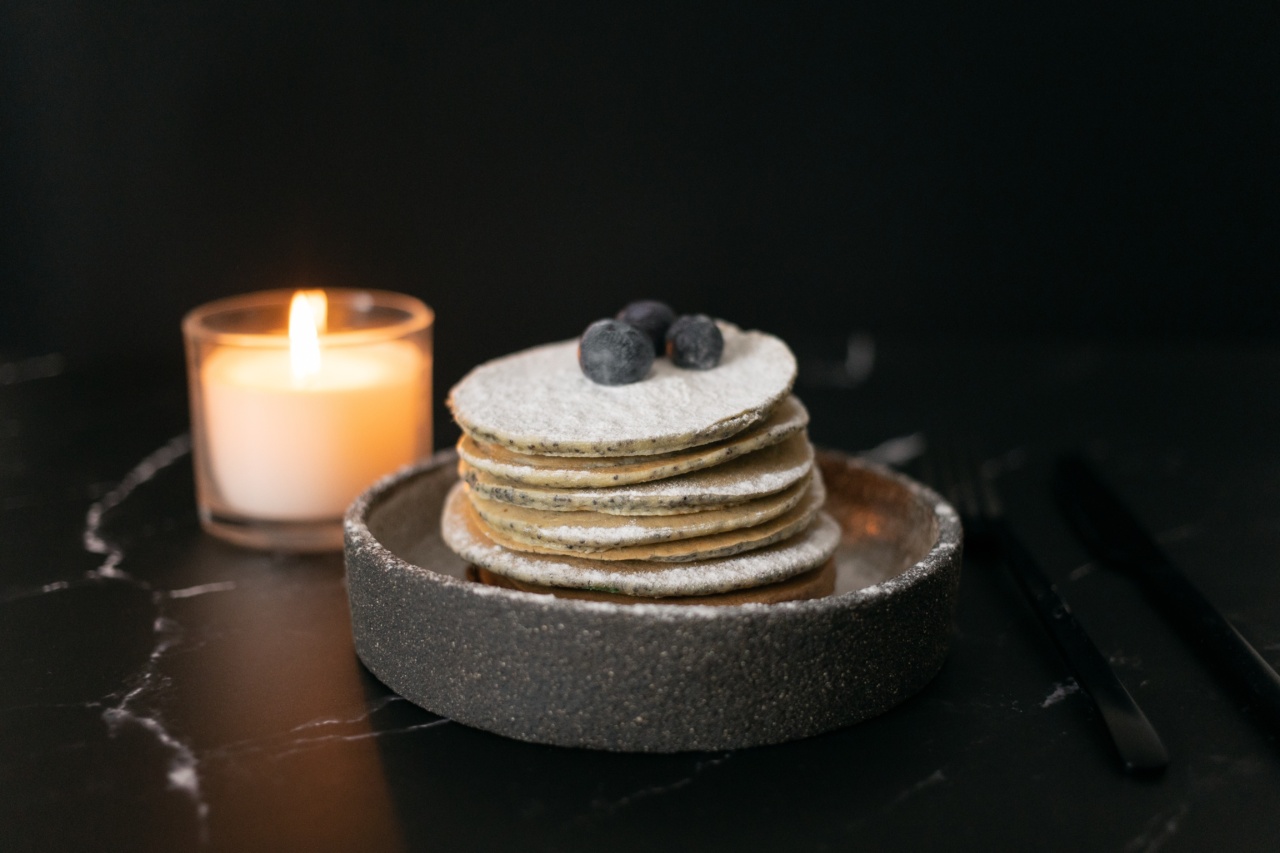Calories are the measure of energy our bodies use to carry out vital functions such as breathing, heart rate, and metabolism. We consume calories through food and beverages, and we burn calories when we move or carry out physical activities.
Weight loss and management depend significantly on calorie consumption and burning. However, you may be wondering when do we burn the most calories? The answer to this question is not straightforward as many variables affect our calorie burning rates.
1. During Exercise
Physical activities cause our bodies to burn more calories than when we are sedentary. Exercise creates a caloric deficit, causing our bodies to tap into stored energy reserves for fuel, hence a higher calorie burn rate.
Muscles require energy to move, and the more we exercise, the more calories we burn.
Aerobic exercises such as running, cycling, rowing, and swimming burn a lot of calories.
According to the American Council on Exercise, a person weighing 155 pounds can burn approximately 260-480 calories in half an hour of moderate-intensity aerobic activity. The calorie burn rate increases with the intensity and duration of the exercise.
Resistance training, on the other hand, builds muscle mass. Muscles burn more calories than fat, so having more muscle mass means a higher basal metabolic rate (BMR), leading to more calorie burning even when resting.
2. During Resting Metabolism
Our bodies require calories to carry out vital organ functions, including breathing, circulation, and digestion. The basal metabolic rate (BMR) is the amount of calories our bodies burn when at rest.
This calorie-burn rate contributes to up to 60-75% of our total daily energy expenditure.
Several factors determine our BMR, including age, gender, weight, height, and body composition. Age and body composition are the most significant factors. As we age, our metabolic rate slows down, and muscle mass decreases, resulting in a lower BMR.
On the other hand, having more muscle mass means a higher BMR, leading to more calorie burning even when resting.
3. After Eating
After we eat, our bodies burn calories through the digestion and absorption process. The thermic effect of food (TEF) refers to the calories our bodies burn to break down and absorb the nutrients in food.
TEF can contribute to up to 10% of our total daily energy expenditure.
Studies show that consuming protein-rich foods raises TEF the most, up to 30%, compared to fats and carbohydrates, which raise TEF by only 5-15%.
Therefore, including enough protein in your diet can lead to a higher TEF, resulting in more calorie burning throughout the day.
4. When We Sleep
During sleep, our bodies continue to burn calories to maintain vital organ functions, repair tissues, and create hormones. The calorie burn rate during sleep depends on our BMR, body composition, and sleep quality and duration.
Research shows that people with a higher muscle mass burn more calories during sleep than those with less muscle mass. Additionally, people with shorter sleep duration tend to have a slower metabolic rate, leading to less calorie burning during sleep.
5. When We’re Stressed
Stress triggers the production of cortisol, a hormone that stimulates the release of glucose into the bloodstream to provide energy to the body during the stress response.
However, chronically high levels of cortisol can lead to weight gain and lower metabolic rates, resulting in less calorie burning.
Also, when we are stressed, we tend to skip meals, overeat, or consume unhealthy foods as a coping mechanism, leading to a calorie surplus rather than burning.
Therefore, managing stress levels and stress-induced eating can contribute to more calorie burning throughout the day.
6. In Cold Weather
When our bodies are exposed to cold temperatures, they burn more calories to maintain body temperature – a process known as thermogenesis.
According to studies, shivering can raise our metabolic rate by up to 5 times than when we are at rest, leading to more calorie burning.
However, prolonged exposure to cold temperatures can lead to a decrease in the metabolic rate, resulting in fewer calorie burning rates. Therefore, incorporating regular bouts of cold exposure can contribute to more calorie burning.
Just ensure to dress warmly and seek medical advice before exposing yourself to cold temperatures.
7. When We’re Active Throughout The Day
The more we are active throughout the day, the more calories we burn. Physical activities such as walking, climbing the stairs, and doing household chores burn calories, leading to a higher energy expenditure rate.
Research shows that people with sedentary lifestyles, such as desk jobs, burn fewer calories than those with active lifestyles.
Incorporating even small bouts of physical activity throughout the day, such as taking a walk break or standing up regularly, can contribute to more calorie burning.
Conclusion
When it comes to calorie burning, various factors come into play. We burn more calories during exercise, resting metabolism, after eating protein-rich foods, when we are active throughout the day, cold exposure, and quality sleep.
Meanwhile, stress-induced cortisol can lower metabolic rates, leading to less calorie burning. Maintaining an active lifestyle, incorporating healthy eating habits, managing stress levels, and seeking medical advice when incorporating cold exposure can contribute to more calorie burning throughout the day.




























